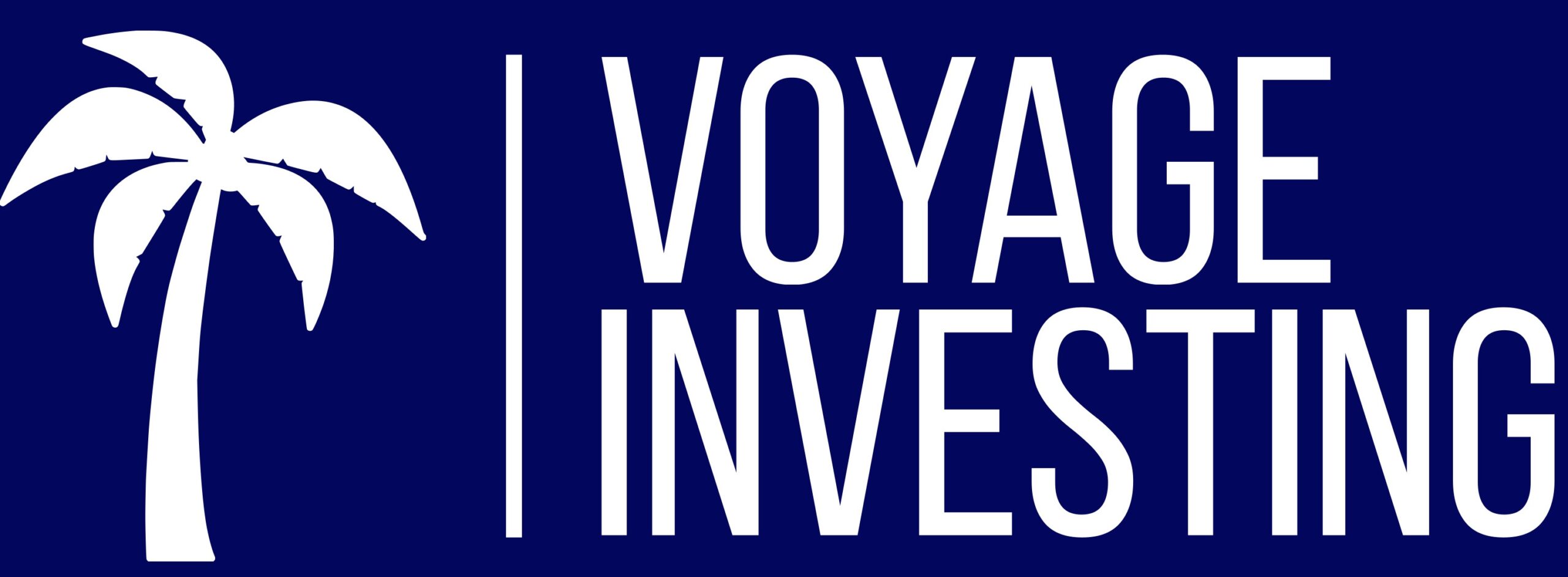Is Active or Passive Investing Best For You?
By Amanda Cruise
When most people start out in real estate investing, they picture owning a rental property. It’s familiar, as most of us have rented as some point in our lives. Being hands on in owning real estate such as working to find properties and ongoing management of those properties is called active real estate investing because you are taking an active role. On the other hand, real estate can be a passive investment when you partner with teams who are active investors. Many individuals like passive investing because their time isn’t tied to earning from real estate.
Breakout of Active vs Passive Investing Roles
Roles of an active investor:
- Search for deals. Work with brokers & find off-market properties
- Analyze deals to see which ones are worth moving forward with
- Perform due diligence on properties prior to closing (work with electricians, plumbers, government entities, etc.)
- Find lawyers and lenders
- Handle the closing of the asset
- Find a manager for the property and manage that manager on an ongoing basis
- Report the ongoing status of the asset and investment strategy to passive investors
- Make expense decisions and handle the ongoing finances
- Make financial decisions such as when to refinance and when to sell an asset
Roles of a passive investor:
- Find an active investor who provides deals in which to invest
- Analyze deals the active investor presents to see which fit your investing goals
- Perform due diligence on deals (attend webinars hosted by the active investors, ask relevant questions to ensure you understand all risks & due diligence the active investor has performed)
- When you find a deal that you want to move forward with, wire your investment to the closing attorney
- Get ongoing cash-flow
- Get reports on the status of the asset and how the investment is going
- After the holding term is over, receive your principal back and a share of the profit from the sale of the asset.
5 Questions To Ask Yourself:
1. How do you feel about working with tenants and handling repairs?
Does the idea of marketing your rental property and screening for the perfect tenant sound exciting to you? Or perhaps does it sound dreadful? How about fielding phone calls on Christmas day about busted water lines. This one actually happened to us! If you are all good with handling these calls and facilitating solutions and excited about getting the right tenant in place, then active investing is probably a good fit for you. If, on the other hand, these things make you cringe and you know you’d rather someone else handle these day to day management items, perhaps passive investing is a good fit for you.
2. How much time do you have to invest?
Active investing of course takes up your time. Just finding a great property to invest in is a lot of work! And that’s where the fun is just beginning. Then there’s getting the property ready for rentals, improving its value, getting the right tenant in place, making sure rent is paid on time, and handling turnovers in between residents. If you enjoy the work and don’t mind spending your time, then active investing is likely in your cards.
On the passive side, there is very little time commitment. You look for opportunities presented by active investors, vet those deals, put your money in, then get returns and updates from your active investing partner. If the lower time commitment fits your lifestyle, particularly if you’d rather spend your time on vacations or with your family, then passive investing could be a great fit.
3. What is the level of input you would like?
Do you have a strong preference for paint colors? How about the cutoff credit score for a new resident? Do you need control over when the property sells? If you feel strongly about having input into these items, then active investing might be the right path for you. If you’d rather not worry about the details and have someone else handle the day to day, then passive investing could be a good fit.
4. What is your risk tolerance?
There is more risk on the active investing side, particularly when it comes to bank loans. As a passive investor, if something goes horribly wrong and the entire investment is lost, the most you are exposed is the amount of principle you invested. On the active investing side, you could be out a lot more, including potential loss of your personal residence or other investment properties. Evaluating where you fall with risk tolerance is important in looking at whether active or passive investing is best for you.
5. How comfortable are you sharing profits?
On the active side, you do 100% of the work and you receive 100% of the profits. On the passive side, outside of vetting the initial deal, you are doing none of the work. You also are sharing profits on the passive side. Returns aren’t necessarily better in active investing, but you do keep 100% of whatever cash flow and profits you make whereas they are shared on the passive side.
There is no right answer between active and passive investing. Each person has their own right answer depending on their skills, interest, time, etc. And for some people, a mixture of active and passive investing is the right solution. If you are interested in flipping a house (active investing) and you also want to put money in a syndication (passive investing), you can do both at the same time.
If you’re interested in passively investing, make sure you join our Investor Circle to see any investment opportunities we have now or in the future.

